
Case Study: Charlie Z
Three directors look back at the production of their mockumentary.
Geplaatst op 8 februari 2021
Three directors look back at the production of their mockumentary.
Geplaatst op 8 februari 2021Shot in Belgium and The Netherlands during the 2020 pandemic, Charlie Z is based on the internet troll Charlie Zelenoff, who acquired fifteen minutes of YouTube fame by challenging inexperienced boxers in the gym and then brutally beating them up. Directors Karel Konings, Philippe Jackmaert and Yanu Schepens decided to shape their film as a mockumentary, finding obstacles and fun challenges along the way.
"My heart was racing, but I just stayed clear of screaming out."
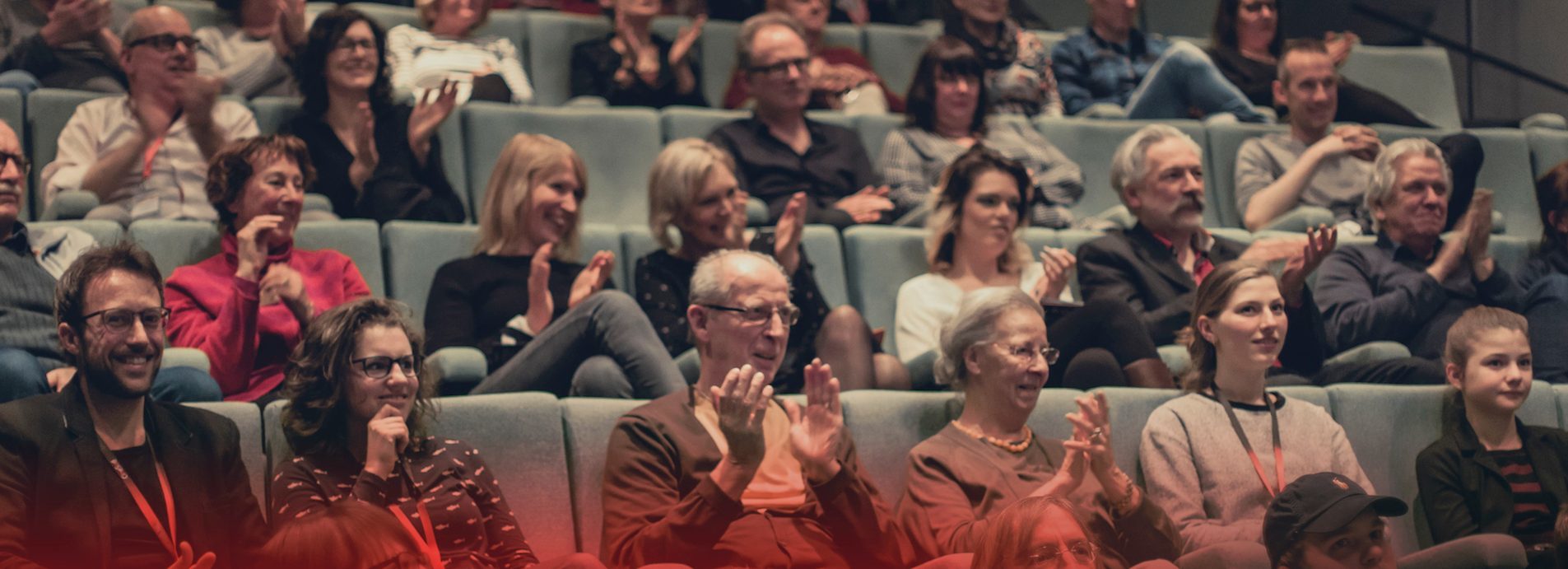
"The idea came from a YouTube video of Charlie Zelenoff. He's an internet troll who goes from gym to gym to beat up inexperienced boxers. Then we saw a mockumentary of a schlager singer and his coach, which also sparked the idea for a movie.
"After Karel Konings pitched his idea to Philippe Jackmaert, a collaboration was formed. We also contacted some experienced writers for feedback and had meetings with directors to hear their thoughts. Our first script was more comical, but due to those meetings, our revisions became more dramatic and tragic. Sometimes outsiders can have a better view of shaping the story."
"The constraint was to arrange everything as practical as possible, as we were on a limited budget
and a second wave of COVID-19 was looming. We are also currently developing our characters and story into a longer series."
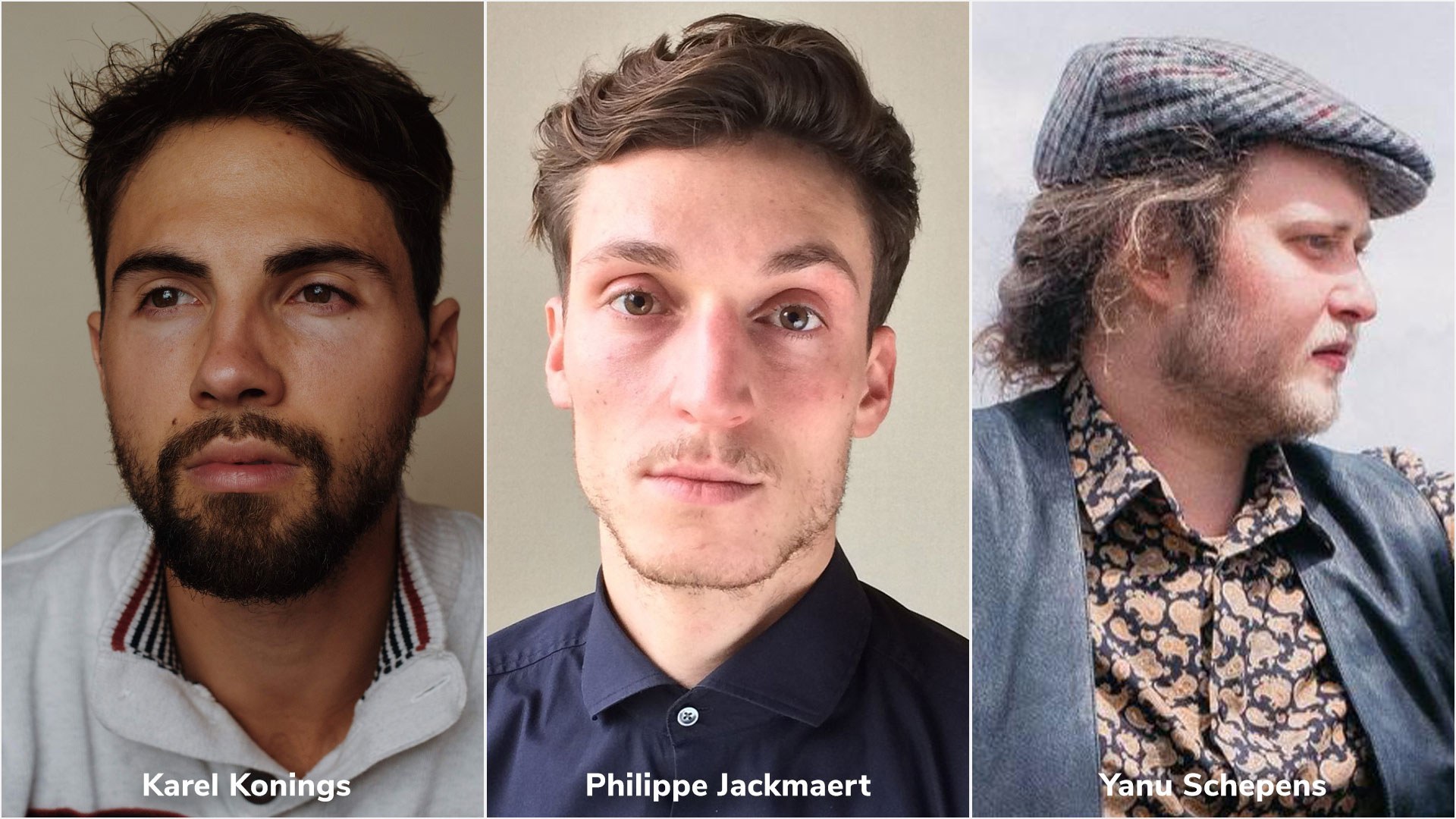
"The directing during shooting days was a collaboration of Karel Konings and Yanu Schepens, who was hired to focus on the players during the shooting days. The pre- and post directing was done by Karel, in collaboration with Philippe."
"We envisioned the film to be a mockumentary, with a run and gun cinematography and long takes. This allowed a very free way of working. We didn't give a detailed shot list to the DOP, Joewi Verhoeven, but guidelines. As the documentary cameraman, he had to become a character himself. What he sees, the audience sees. So he had to react in the moment to what was happening during each take. If some random neighbour opened their door, he had to film it."
"This allowed for the actors to always play the full scene. It gave them more time to feel their character and feel their arc. However, the scenes were fairly complex in terms of mise-en-scène. The challenge lied in finding the right rhythm of the choreography."
"Once the scripted scenes were shot, the improvising could start. Halfway the first day of shooting, the advantages began to show. The actors fully mastered their character. The improv really made our film: the night shop scene nor the final runaway scene were scripted, and they stand out as core scenes. Three things made this possible: our characters were crystal clear, the overall storyline was set and the crew was mobile."
"Our director Karel was still attending acting school, so he knew a lot of really good actors. Hence, finding leading roles wasn't difficult. Finding an experienced older actor who is willing to play a minor role on a budget, proved to be less easy, considering we only had two weeks for casting. Luckily, we knew an old theatre teacher who was looking for some adventure."
"From the start we always wanted to play open cards: '...remember, this is a passion project. You
have read our script, this is our story, this is what we can offer.' The result was we got people on
board that believed in our project and who were willing to make the necessary sacrifices. "
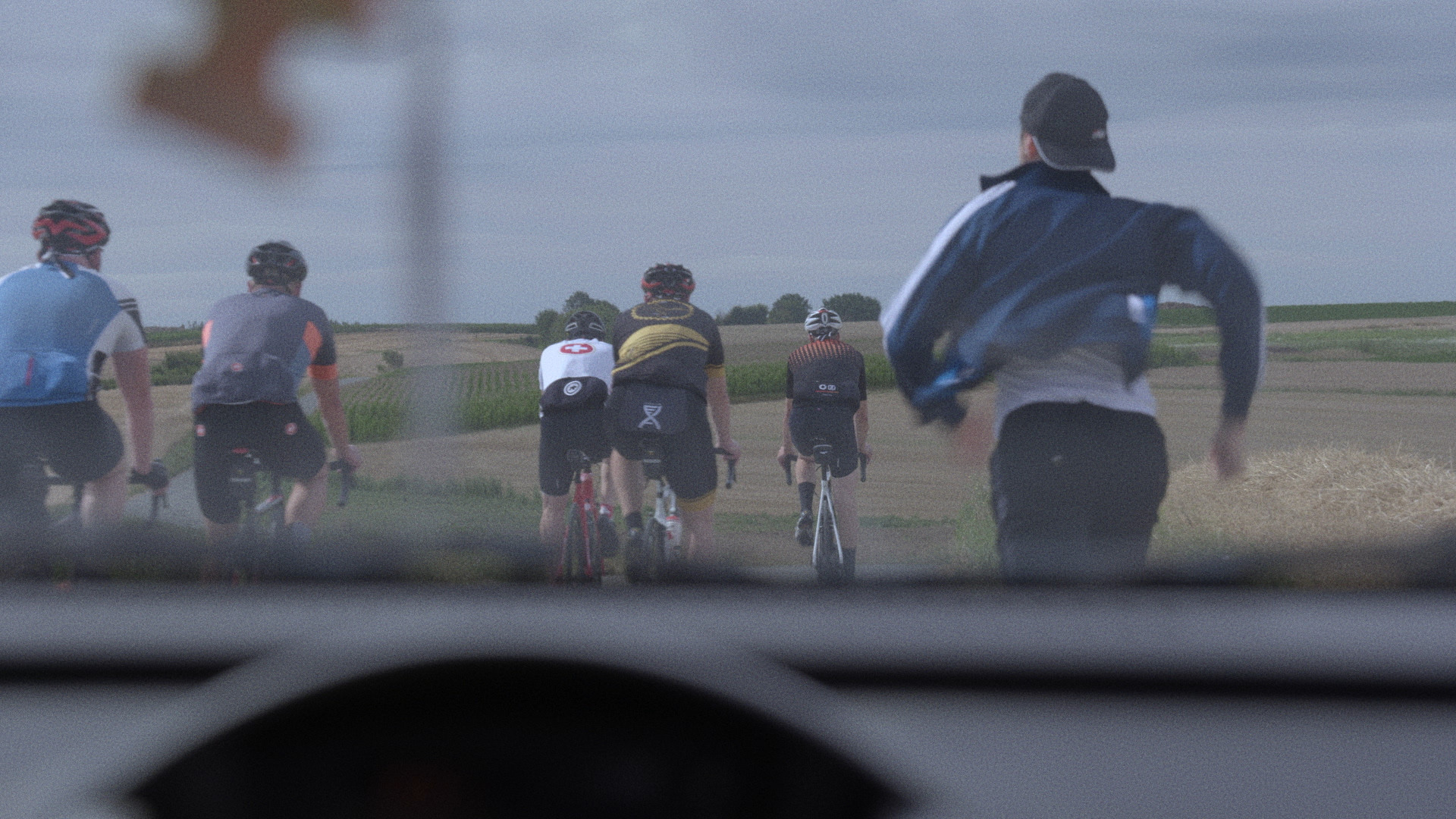
"The best stories happened thanks to improvising. Yanu, one of the directors, was also playing the documentary director, so things sometimes got fuzzy during improv. The DOP didn't stop filming when cut was called, because it might have been part of the play. We ended up agreeing on a really loud 'CUT!' as stop signal, which was still confusing."
Also, you have to imagine our main character was driving a very small car. Two actors in front, Yanu in the left backseat acting as the documentary maker, the DOP in the middle, Philippe in the right backseat, and our sound guy – tallest guy on set – folded in half in the trunk! At times it got edgy. Driving fast and acting, in that car, with all of us on board... As a producer I felt responsible. My heart was racing, but I just stayed clear of screaming out: 'cut!'."
"The funniest thing happened when we shot the night shop scene. We were improvising,
which led to our main characters beating up Yanu. Some neighbours called the police. We had some
explaining to do. They asked for passports, took our names and told us to go home. We uttered yes,
shot one last improvised scene, and then ran away like hell."
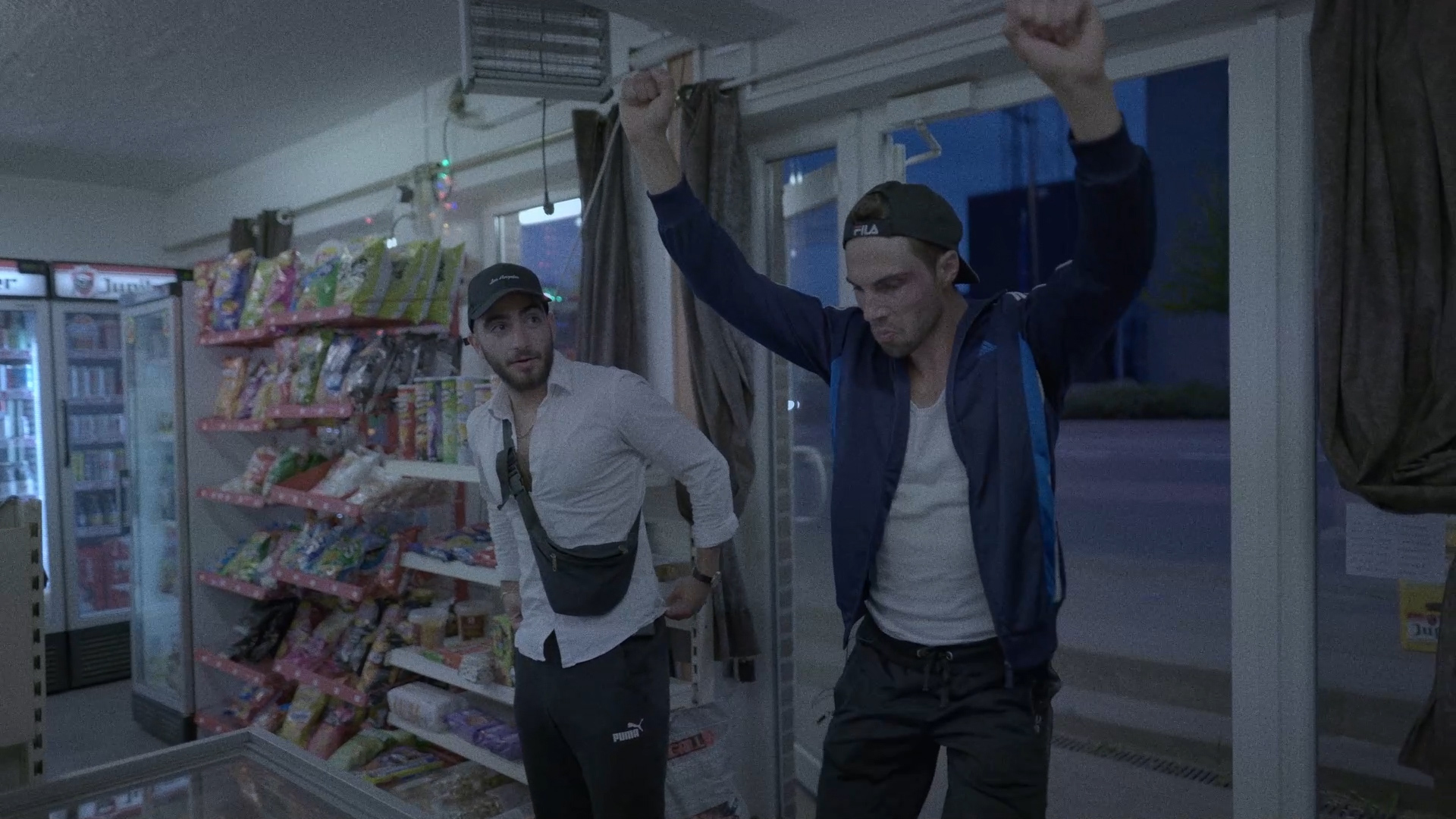
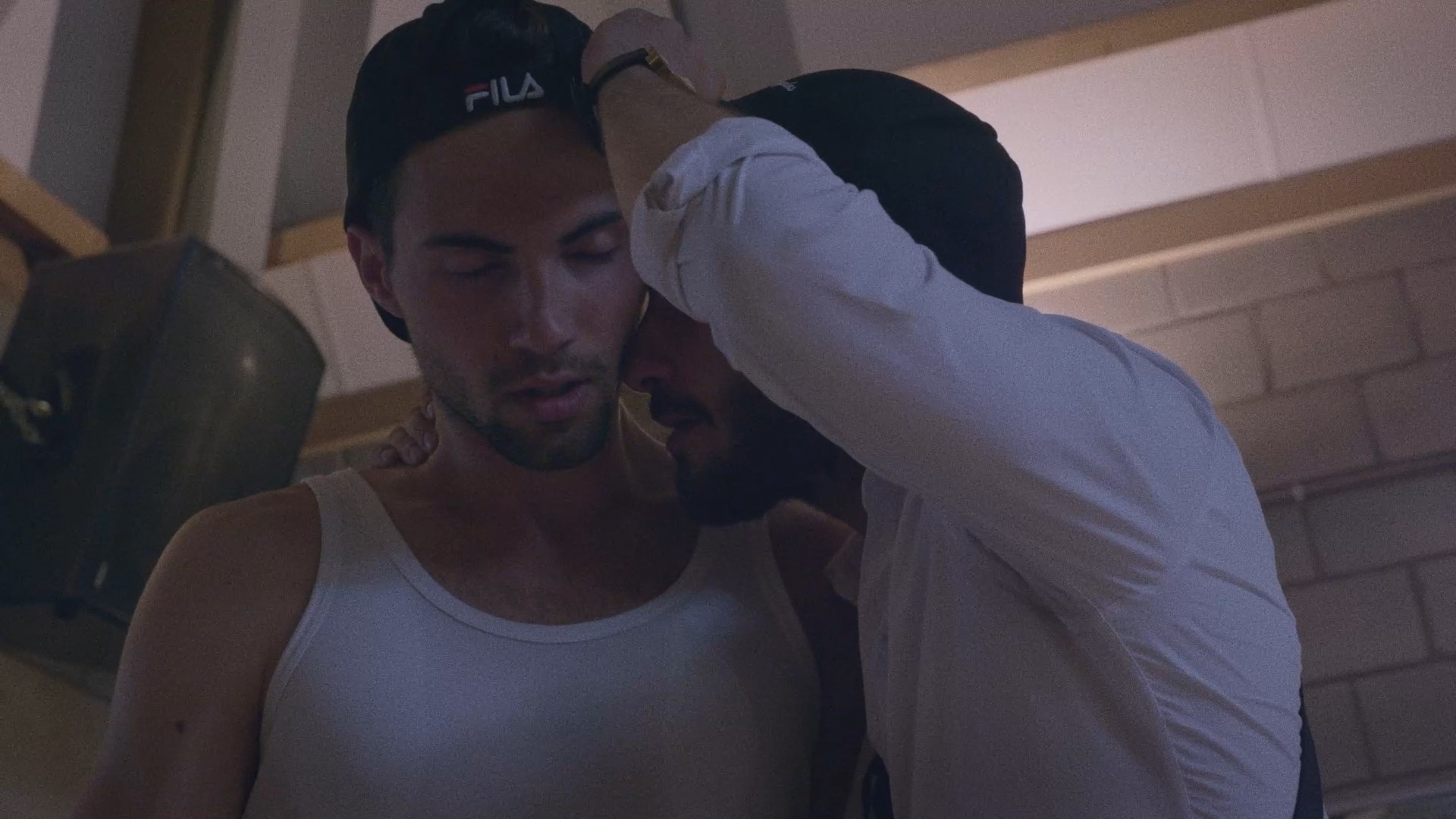
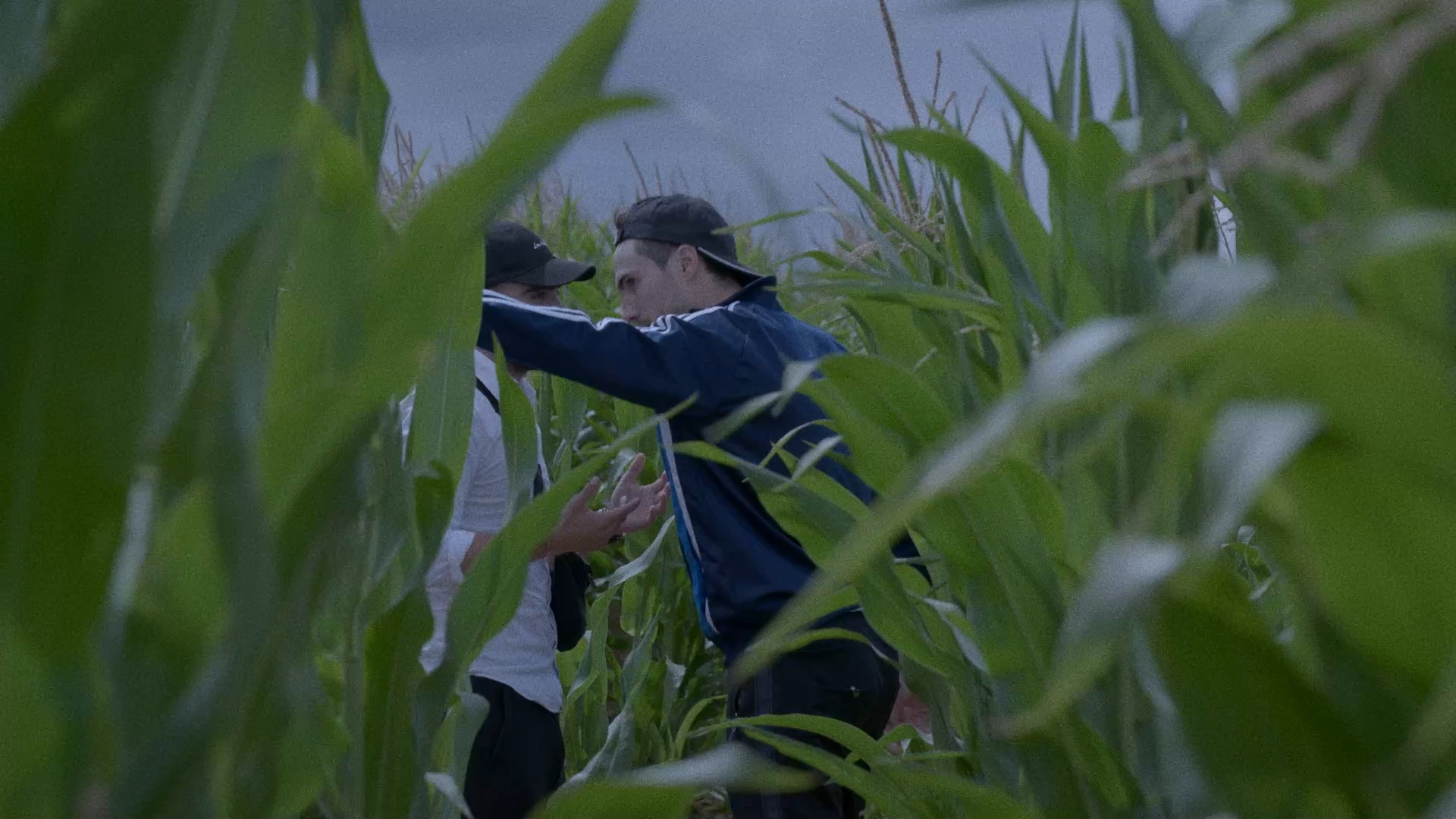
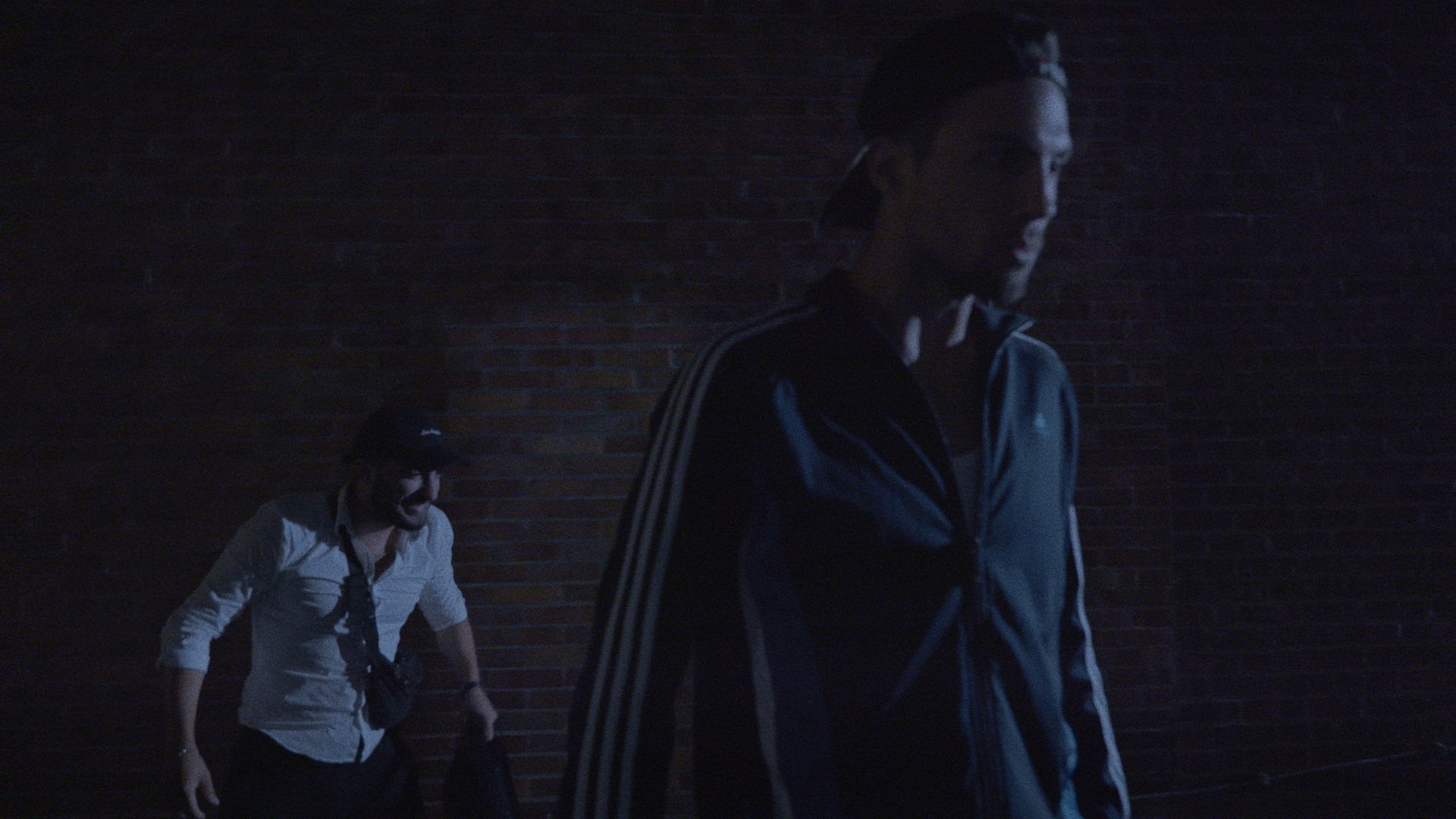
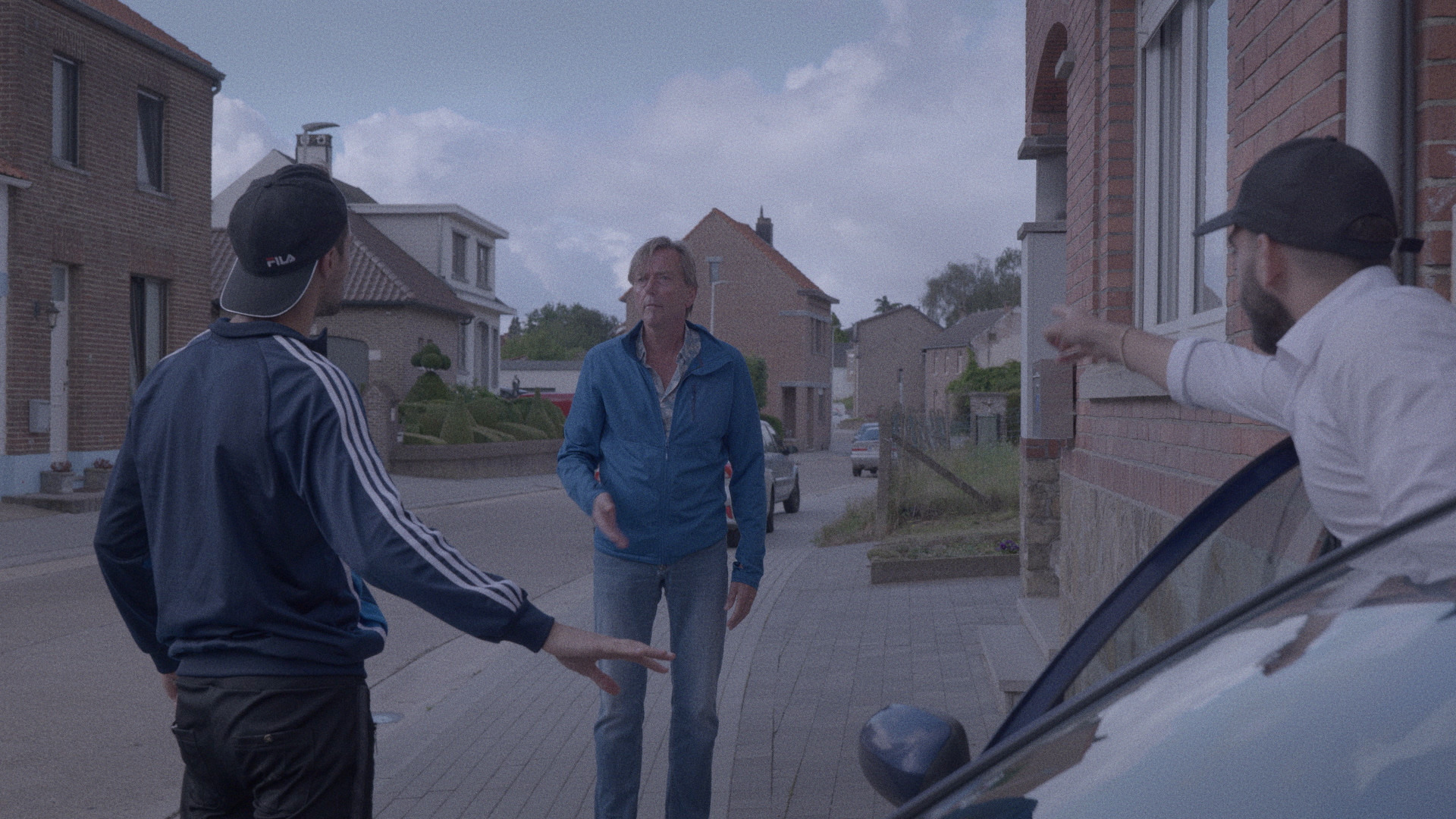
"A quote from Stephen King, freely quoted: 'if you want to be a good writer, there's no way around two things: reading and writing. Read a lot. And write a lot."
"Don't cut on food (nor fun). We always offer home cooked warm food in the evening. The release of tension at the end of a shooting day, at the table, is almost tangible. The exhaustion is there, but the high remains. Your relaxation stakeout is your sanctuary."
"When the last scene is shot: party, there and then."
"To conclude, there is an enormous collective focus when shooting. I believe it to be the
reason we all love to be on set. Strangely enough, with every project we've worked on, the vibe was
there: everything just felt right. With Charlie Z this was very much the case."
(c) All visual material is used with the filmmaker's permission.